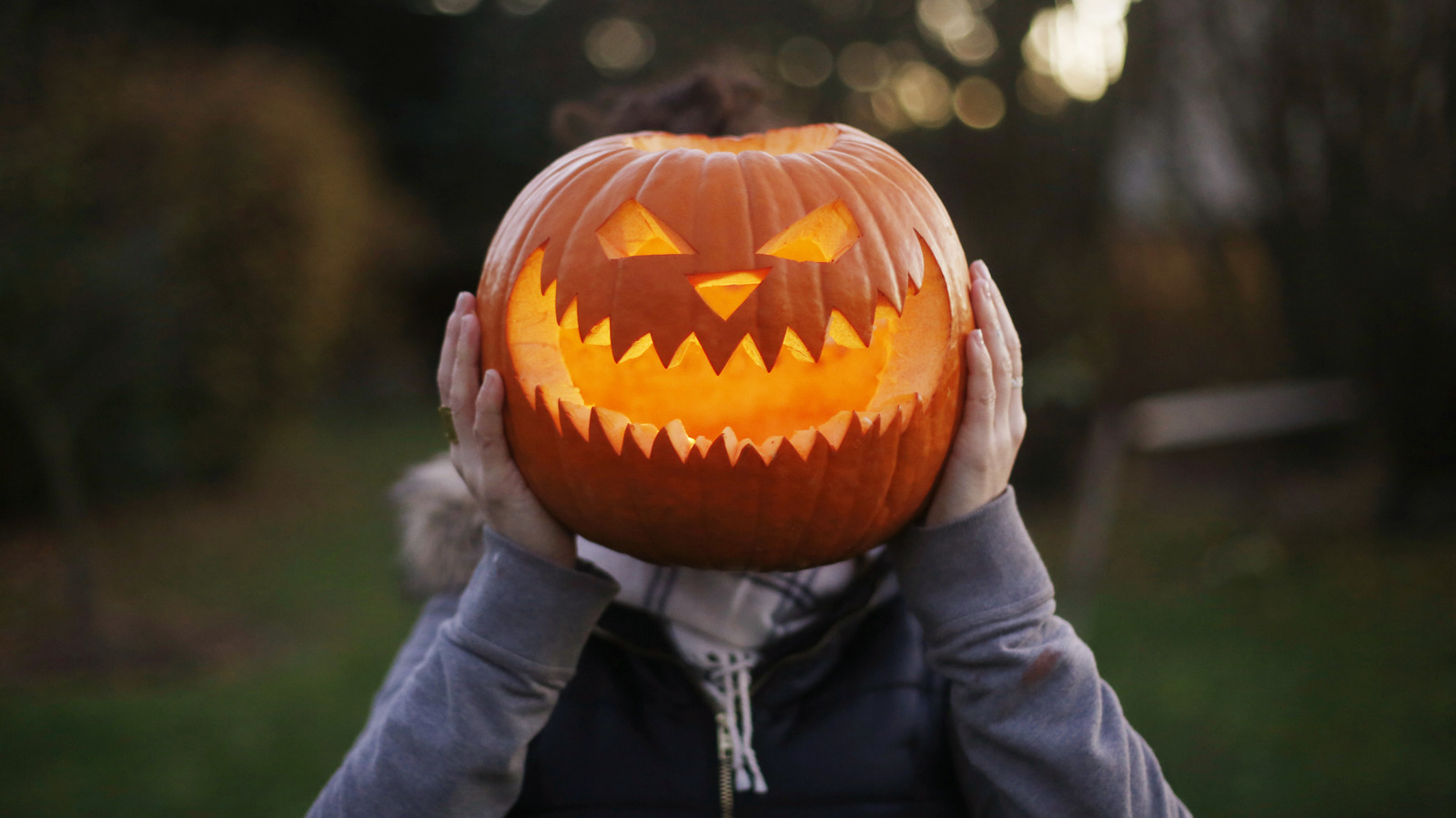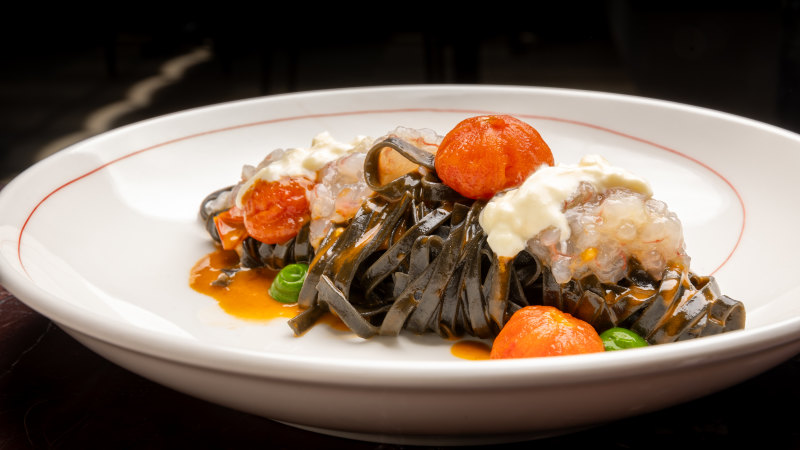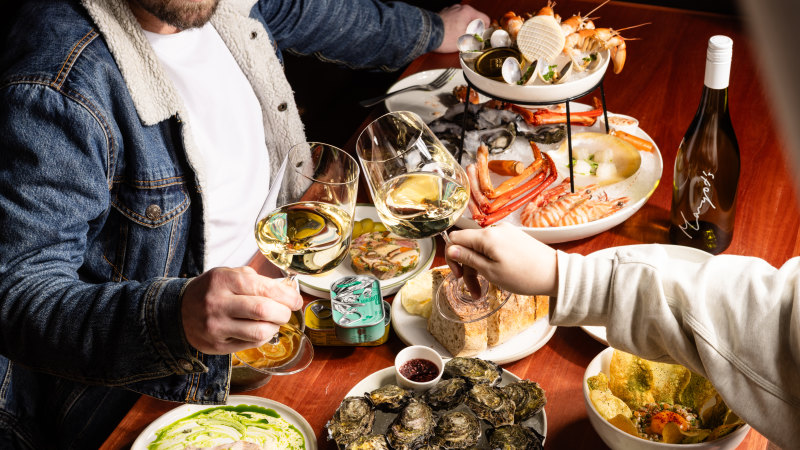September marks the beginning of the spooky season for everyone who celebrates Halloween with feverish intensity. Never mind that it's still technically summer, once the calendar flips away from August, you can start getting out your orange and black decorations — including pumpkins and jack-o-lanterns. A ubiquitous symbol of Halloween in modern times, the (which are and can be ) — but that wasn't always the case.
Tracing the history of jack-o-lanterns involves crossing the Atlantic and going back in time roughly 400 years, when Celtic cultures, namely the Irish, actually carved their jack-o-lanterns out of — are you ready for this? — turnips, as well as beets and other root vegetables (pumpkins not being native to Europe). They did this to ward off evil spirits at a time when the veil between the living and the dead was considered to be at its thinnest. This time is referred to as Samhain, which falls on November 1, but, in contemporary American culture, has turned into Halloween, which occurs the night before.
A brief history of jack-o-lanterns As mentioned, the history of jack-o-lanterns begins with Irish culture, and a story dating from the 16th century, featuring a man called Stingy Jack. Stingy Jack, so the legend goes, invited the Devil to share a drink, but didn't want to pay for the beverages imbibed. He tricked the devil into turning himself into a coin, but then Jack kept the coin in his pocket and only let the devil return to his previous form by exacting .

















